lens
Campus News
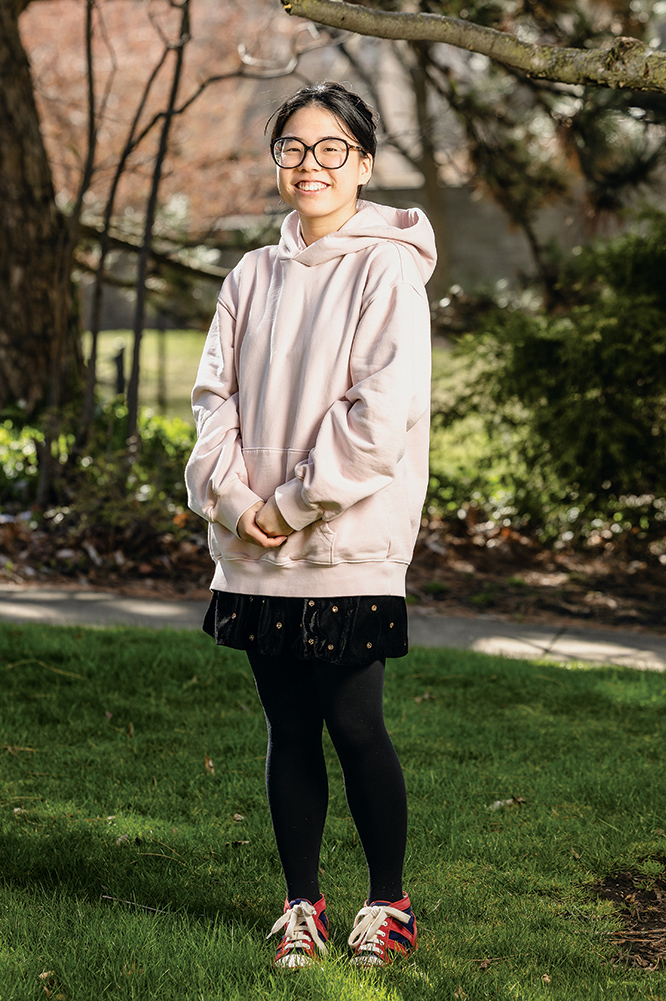
Photo by Matt ShifflerLindsey Wang
Undergraduate leads widely quoted research about weight-loss drugs and reduced cancer risks
Case Western Reserve University researchers have issued a series of studies recently—and garnered national media attention—about the potential and wide-ranging benefits of highly popular diabetes and weight-loss drugs.
Their studies on Ozempic and Wegovy and similar drugs known as "GLP-1 agonists" have found, for example, an association with a reduction in disorders involving cannabis and alcohol as well as other addictive behaviors.
Most recently, the researchers studied the effects of these drugs on cancers—specifically 13 associated with obesity—and found a "significant risk reduction" in 10 of them.
They include: esophageal, colorectal, endometrial, gallbladder, kidney, liver, ovarian and pancreatic cancer as well as meningioma and multiple myeloma.
For the cancer study, researchers analyzed electronic medical records of 1.6 million patients with Type 2 diabetes. Media from Time magazine to National Geographic covered the findings and interviewed first author Lindsey Wang, now a second-year undergraduate.
"Our study now provides some crucial evidence on how these GLP-1 agonists could potentially disrupt this connection between obesity and cancer," said Wang in an interview on WCBS radio.
As a high-school student, Wang began working under the mentorship of Nathan Berger, MD, a renowned cancer researcher and CWRU Distinguished University Professor who conceptualized the recent study and served as its senior author before his death in June.
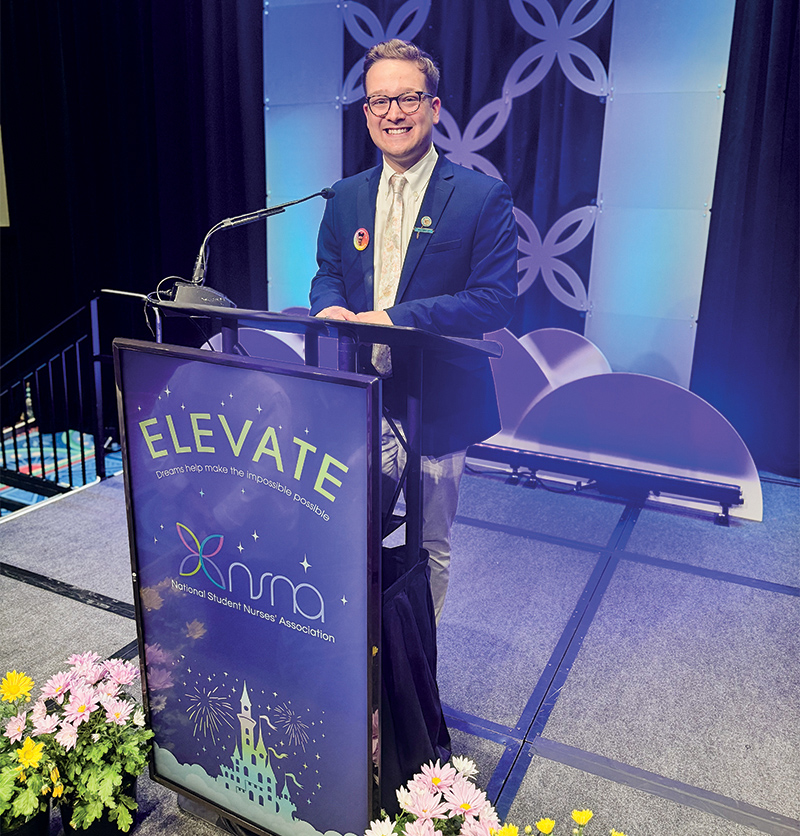
Ethan Slocum
Meeting a budding nurse—and national leader
CWRU undergraduate Ethan Slocum is a champion for future nurses.
As the recently elected president of the National Student Nurses Association (NSNA), Slocum represents nearly 50,000 undergraduate members across the country and aims "to build a stronger national community of students who will graduate and be great professional nurses."
He already has experience. The fourth-year student has twice served as president of the roughly 500-member Undergraduate Student Nurses Association (USNA) at CWRU's Frances Payne Bolton School of Nursing, facilitating connections and promoting leadership among students.
He co-led tests for bone-marrow matches, started a program for nursing alumni to mentor undergraduates and organized events to support student well-being.
As NSNA president, "I can actually make a difference finding ways to highlight our collective passions as caregivers," Slocum said.
USNA's new president is Audrey Smallman, a fourth-year student who also has a national position as chair of the NSNA Resolutions Committee, which oversees the organization's policy work and legislative proposals sent to states for consideration.
— MATT MERCHANT
In the news
"Our findings clearly show that tooth loss is not just a dental issue, but a significant predictor of cardiovascular disease mortality."
— Anita Aminoshariae, DDS, in U.S. News & World Report about a study she led finding "significant" evidence linking tooth loss to an increased risk of death from cardiovascular disease. The CWRU School of Dental Medicine endodontics professor said the comprehensive analysis published in the Journal of Endodontics revealed that people with several lost teeth faced an even higher chance of dying from heart disease.
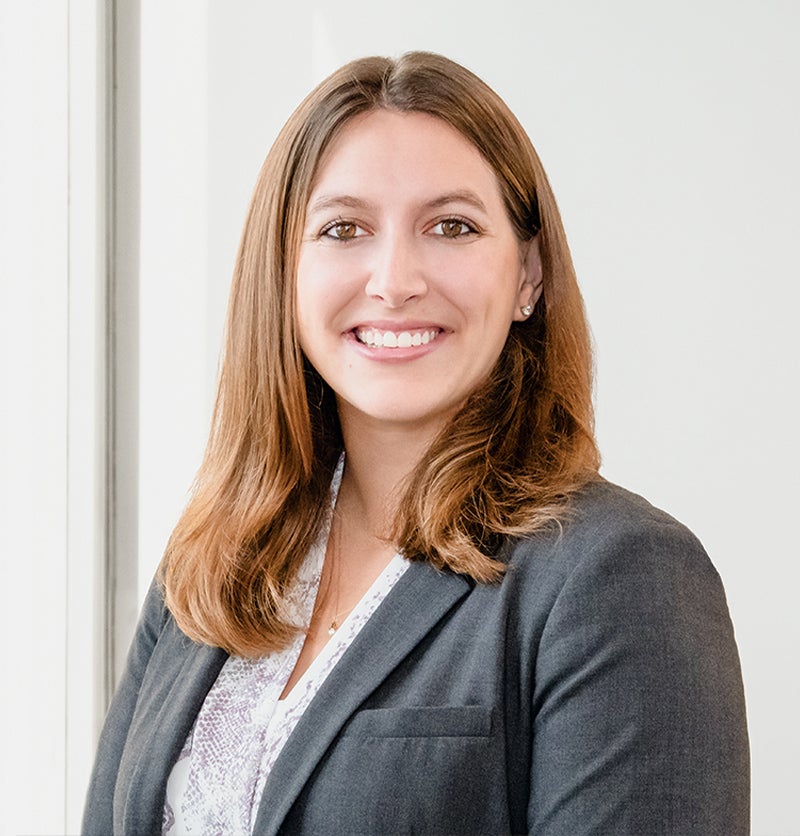
Emily Graczyk
Restoring a sense of feeling
Biomedical engineers from Case Western Reserve and clinician-scientists at the University of Chicago will soon begin testing an implantable device to restore the sense of touch to breast cancer patients after reconstructive surgery.
They'll start with patients having a bilateral mastectomy in the Chicago area. In the first phase of reconstruction, patients will get devices that send touch signals to the nervous system implanted in their breast.
It's the same technology pioneering CWRU researchers have used to provide a sense of touch to prosthetic devices when a limb is amputated.
"We believe nerve stimulation will be able to provide realistic touch sensation to the breast, which will help women find a new sense of normalcy at the end of their fight against breast cancer," said CWRU's Emily Graczyk, PhD (GRS '18, biomedical engineering), an assistant professor of biomedical engineering.
Graczyk and her colleagues have added their nerve-stimulation expertise to the Chicago team's know-how in breast cancer treatment and surgery. The research is supported by a nearly $5 million National Institutes of Health grant.
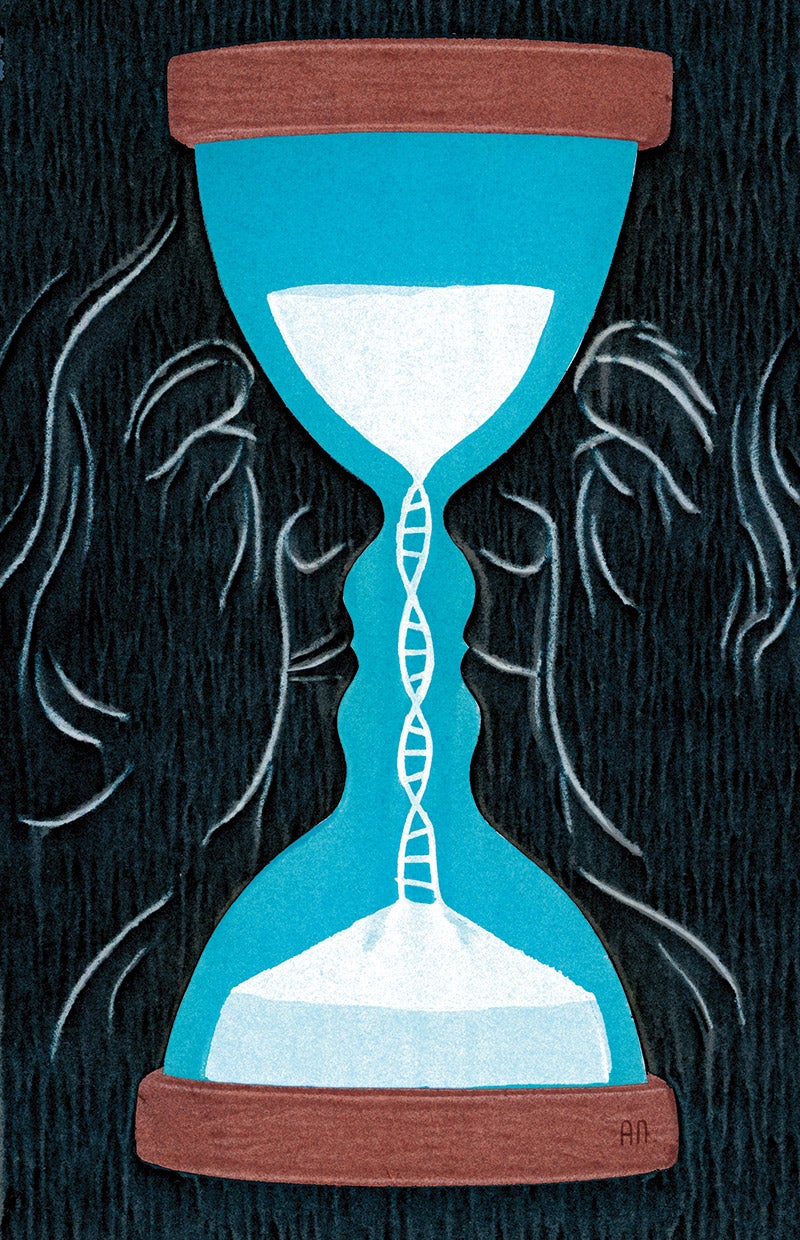
Image by Alex Nabaum
Why do people age differently?
Throughout our lives, changes in our DNA occur in every healthy cell of the human body—and have long been considered an important reason why our bodies age.
But it's not known whether some people accumulate such changes, or genetic mutations, at a faster or slower rate, and whether those differences might predict longevity or the risk for aging-related diseases.
Now, with a $3.5 million National Institutes of Health grant, a team led by medical scientists at CWRU and New York University (NYU) seeks to understand healthy aging and define new predictors for aging-related diseases.
"This has the potential to allow us to try to prevent aging-associated diseases sooner with clinical interventions," said Jonathan Shoag, MD, a CWRU surgeon-scientist and urologic oncologist at University Hospitals Cleveland Medical Center.
Shoag, Gilad Evrony, MD, PhD—a physician-scientist at NYU's Grossman School of Medicine and NYU Langone Hospital—and their collaborators will use new DNA sequencing technologies in more than 2,000 people to understand how mutations over the lifespan may be associated with aging and disease.
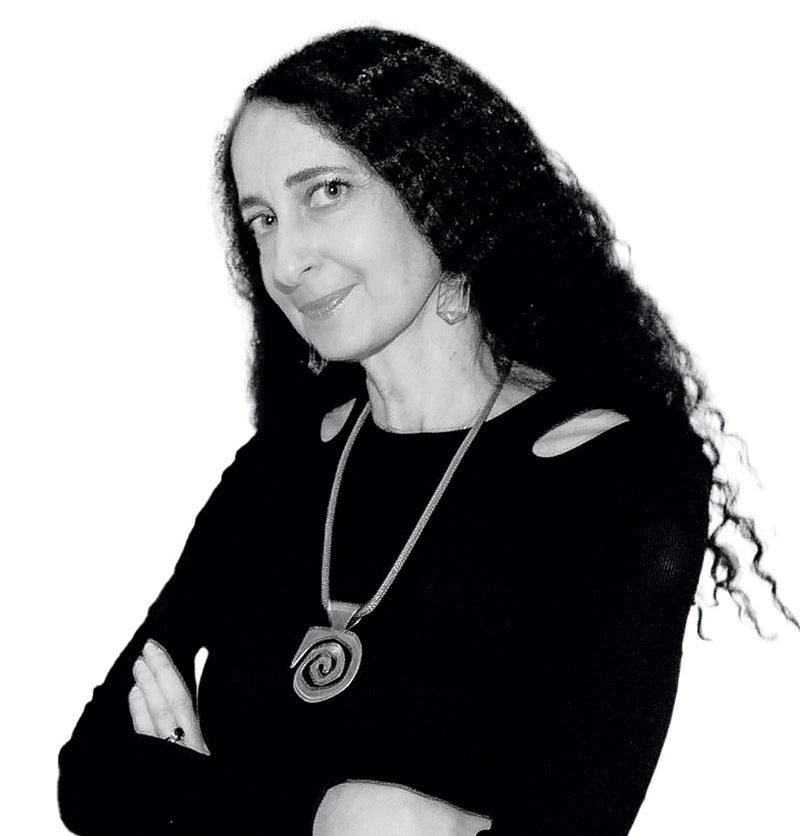
Elina Gertsman
A CWRU-Cleveland Museum of Art collaboration explores medieval conceptions of creation, birth and rebirth
How did different religious cultures in the Middle Ages visualize the creation of the world or the birth of gods and humans?
An exhibition at the Cleveland Museum of Art (CMA) explores these and other issues with objects from the 800s to the 1500s from the museum's collections.
Running through next July, Creation, Birth and Rebirth, was co-curated by Elina Gertsman, PhD, a Distinguished University Professor and acting chair in the Department of Art History and Art, and Gerhard Lutz, PhD, CMA's Robert P. Bergman Curator of Medieval Art.
CWRU graduate students in a seminar co-taught by Gertsman and Lutz wrote wall text, object labels and contributed to the gallery booklet. The collaboration is the culmination of a series of university-museum initiatives in global medieval art history begun five years ago with a Mellon Foundation grant.
"This was an extraordinary opportunity to showcase our joint work with the museum," said Gertsman, also the Andrew W. Mellon Professor in the Humanities.

Image by ISTOCK/SORBETTO
Could AI help employers make better hiring decisions?
A CWRU-led interdisciplinary team launched Open Skill Genome Project to devise a digital platform using artificial intelligence to help employers make smarter hiring decisions by better matching job seekers' skills with job requirements.
"The current systems ... are overly complex and disconnected, making it hard for people to show all their skills to employers in a clear and trustworthy way," said Youngjin Yoo, PhD. He co-leads the project and is associate dean of research at CWRU's Weatherhead School of Management and the Elizabeth M. and William C. Treuhaft Professor in Entrepreneurship.
The researchers plan to develop a privacy-preserving decentralized data architecture. It would allow applicants to control their personal data privacy and ownership while sharing information about their skills without sharing work records or school transcripts. It would also use artificial intelligence to effectively pull relevant skills and abilities to find new learning and career opportunities.
Yoo's collaborators include Erman Ayday, PhD, a CWRU assistant professor of computer science, and colleagues from the University of Pittsburgh and Digital Credential Consortium. Walmart provided a $250,000 grant for the work.

Wade Park Community Engagement Center
Come by and check out our new community center
In September, CWRU opened the Wade Park Community Engagement Center, a renovated and welcoming space for all.
The center "shows our continuing commitment to be more intentional in our relationship with the community," said Julian Rogers, (MNO '08), CWRU's associate vice president for local government and community relations. "We envision this center as a place where Case Western Reserve faculty and students can come together with residents and community members from the surrounding neighborhoods to learn from each other, build relationships and networks, and support programs and activities that enhance education and economic opportunities."
The center—at 11310 Wade Park Ave.—is near Mather Park and Nobby's Ballpark, home to the Spartan softball and baseball teams, respectively. It breathes new life into a long-vacant house built more than a century ago. The two-story center has several meeting rooms, a kitchen and office space where some members of Rogers' team are now based.
Programming is expected to include block-club meetings, tutoring sessions, programming about neighborhood history, tax-preparation clinics and CWRU programs offered in a familiar neighborhood location.
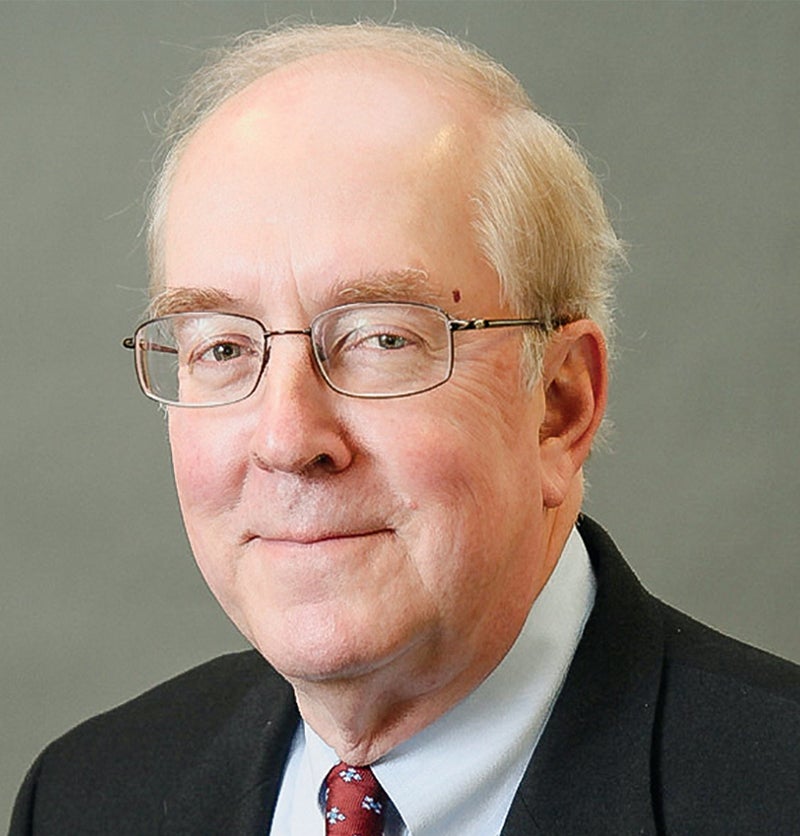
Erik Jensen
When the U.S.
Supreme Court cites your work …
It's a big deal when a law professor is cited in a U.S. Supreme Court decision.
CWRU's Erik Jensen, JD, was cited twice in the same recent case—by both the majority and dissenters.
Moore v. United States was a potentially high-stakes case. If the court had struck down existing law, it could have upended key elements of the nation's taxing system. But, in a narrow ruling in June, the 7-2 majority upheld a particular tax on foreign income and Congress's ability to impose it.
The majority cited one of Jensen's tax treatises in referencing congressional actions dating back to the Civil War. The dissenting justices cited a Jensen tax article and its description of a 1909 congressional debate over the 16th Amendment. Neither was critical to the basis of the decisions, as a humble Jensen noted, but still."
I would have been pleased by any Supreme Court citation," said Jensen, the Coleman P. Burke Professor Emeritus of Law, who notched his first such citation last year.
Meet the Class of 2028
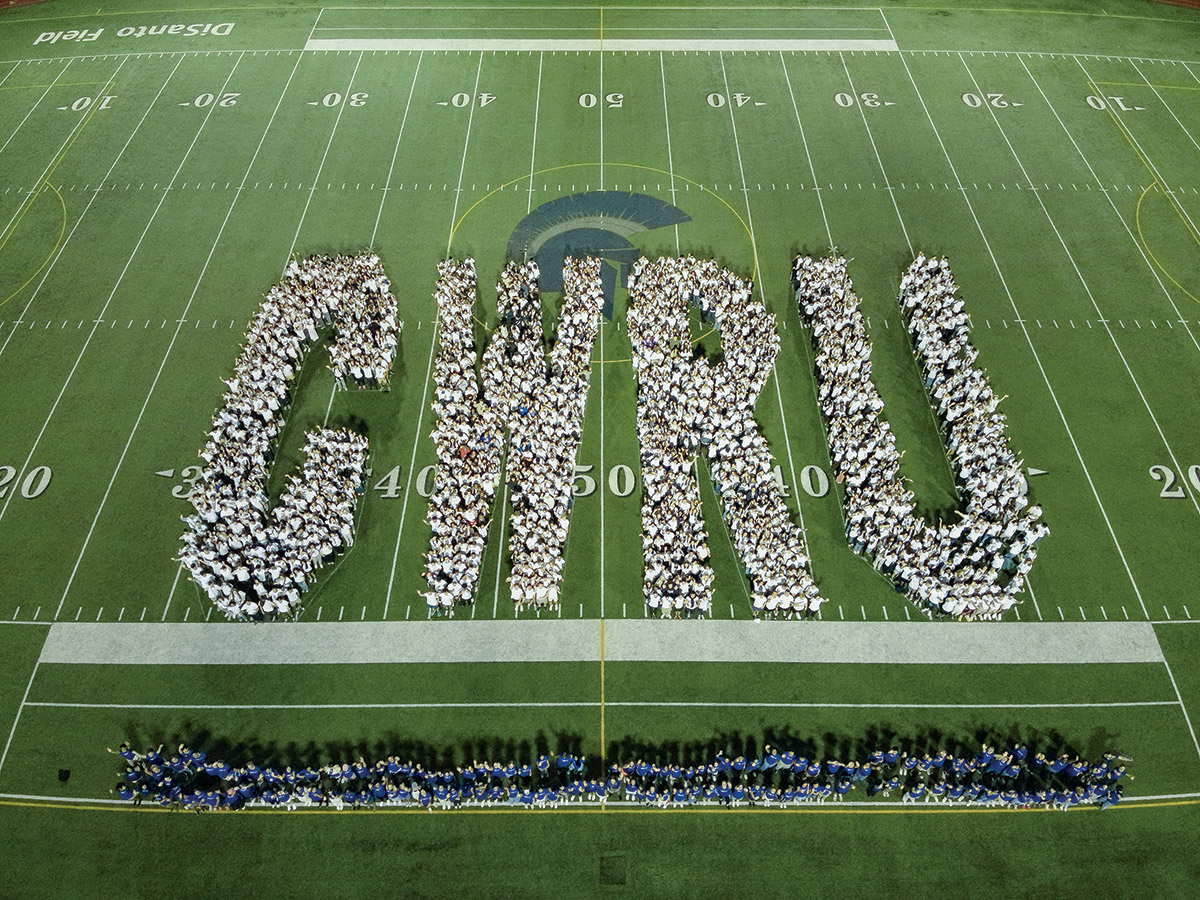
BY THE NUMBERS:
1,580 first-year undergraduates selected from 37,000 applications
13% are first-generation college students
1,086 high schools attended
12% are from outside the United States 86 countries of citizenship
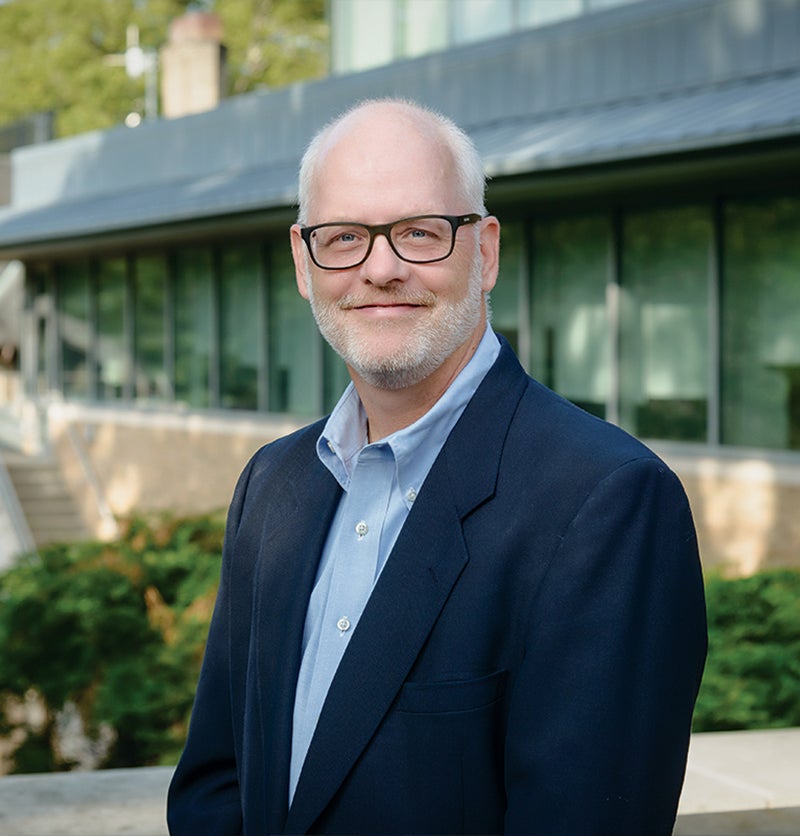
Daniel Flannery
A screening tool for youth exposed to violence
The National Institutes of Health estimates millions of children and adolescents exposed to violence each year are more likely to suffer behavioral, physical, emotional, social and mental-health consequences—and that can lead to a lifetime of distress.
To quickly and reliably speed the identification of at-risk youth, researchers at CWRU's Jack, Joseph and Morton Mandel School of Applied Social Sciences have developed a 17-item questionnaire and validated its utility. The Violence Exposure and Trauma Screener for Youth (VETSY) can detect trauma and the potential for self-harm so youth can be referred for counseling and other help.
"The development and validation of the VETSY brief screener represents a significant leap forward in addressing youth violence and trauma," said Daniel Flannery, PhD, who led development of the tool and is a Distinguished University Professor and director the Begun Center for Violence Prevention Research and Education at the Mandel School. "This innovative tool enables early detection and opens doors for tailored trauma-informed interventions to safeguard the well-being of at-risk youth," he said.
Walking a movie premier's purple carpet
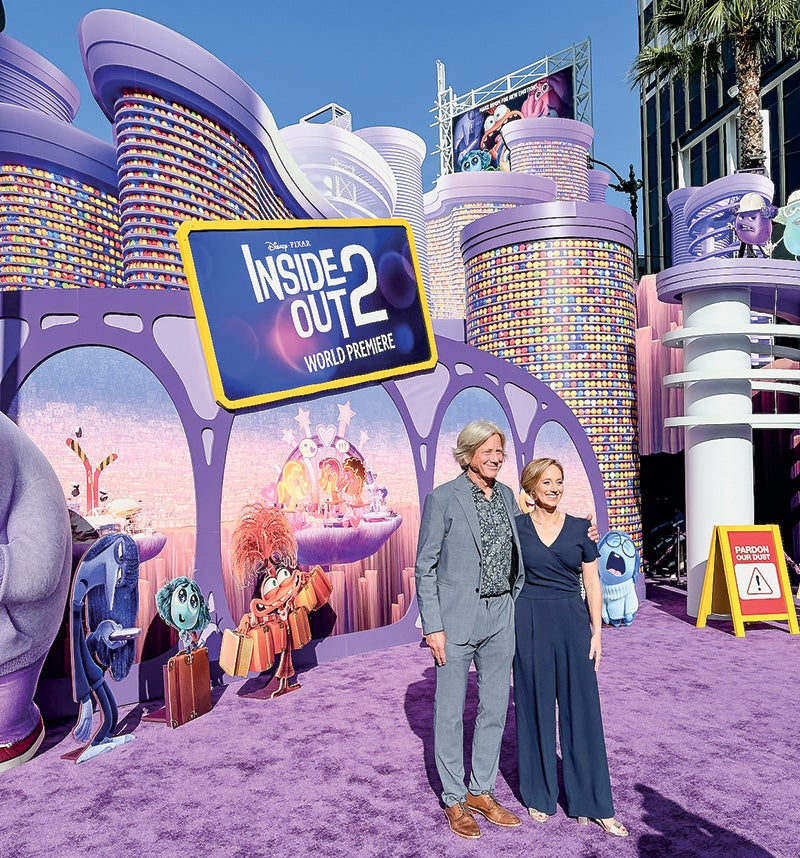
"I cannot tell you how common it is for kids or parents to come to me saying, in a fearful voice, 'I think I have anxiety,' and how frequently I need to say, 'well, of course you do. It's how you've survived to this point.' Psychological distress, on its own, is not grounds for concern. What we care much more about is the quality of coping."
— Lisa Damour, PhD, a child psychologist and CWRU clinical instructor in psychological sciences in an August New York Times story after the release of Pixar's animated movie, Inside Out 2. Damour worked for four years with the film's writers and director to help authentically tell the story of Riley, a 13-year-old girl grappling with teenage emotions including anxiety, embarrassment and envy. Left: Damour at the movie's world premiere in June with fellow consultant, Dacher Keltner, PhD.





